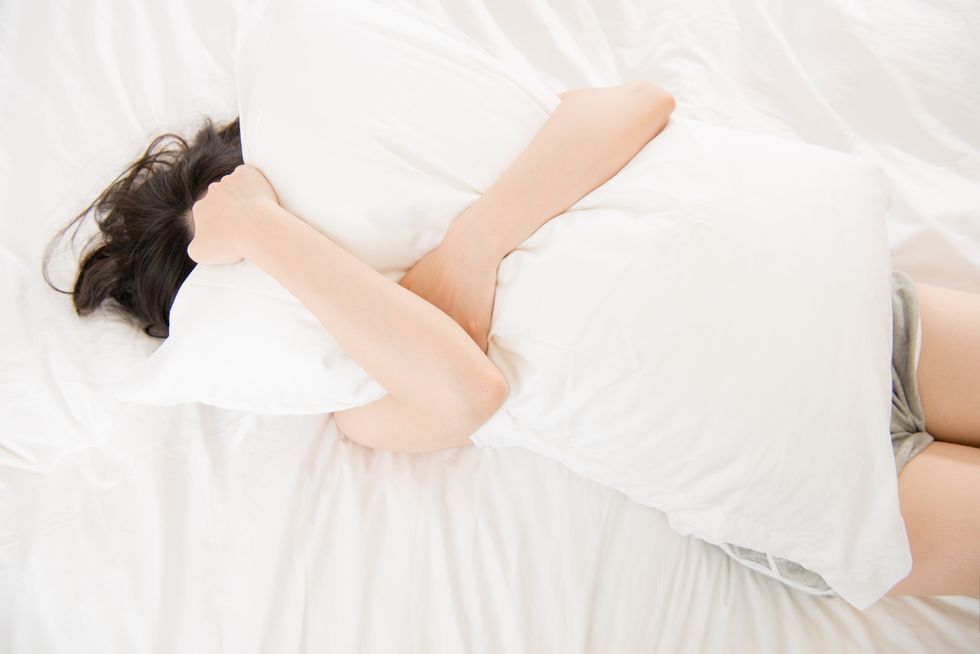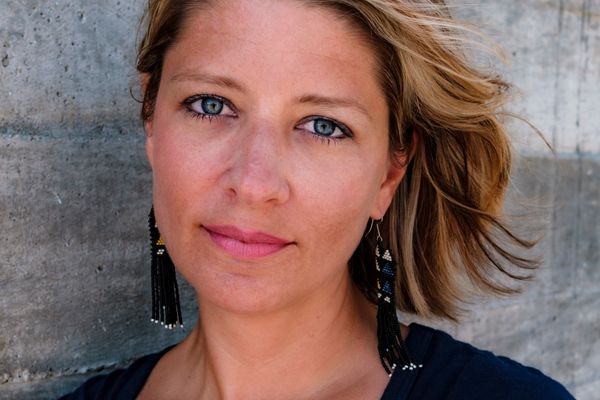
Imagine being a 12-year-old girl who experiences severe abdominal pain and no one can explain why. That's what happened to me.
Like many of my girlfriends, I got my first period when I was 12 years old. Many of them complained of cramps, but the pain and symptoms I experienced were more intense than what they described.
When I asked for help for my severe abdominal pain, I was told “it's just part of being a woman," and to "suck it up," which I tried to do, but the pain was so severe that some days I couldn't get out of bed. I often missed school because of the pain, and, as I grew older, I missed work.
In 2014, my pain went from 4 days a month to daily, debilitating pain. Within the span of a year, I saw over 15 doctors, including OB/GYNs, gastroenterologists, neurologists, acupuncturists and naturopaths, but no one could find the cause of my issues. Without any clear reason for my pain, a doctor even suggested it was all in my head. I felt very alone and cried nearly every day.
Due to other health conditions unrelated to endometriosis, I went to a women's physical therapist, and she was the first person who mentioned endometriosis to me.This was 19 years after my pain started.
The physical therapist told me she had endometriosis and that she thought I might have it too. I began researching endometriosis extensively on my own.
Then, in 2015, a trip to the emergency room—due to intolerable pelvic pain—resulted in laparoscopic surgery. Before that surgery, I asked the team of health care providers to check for endometriosis. The very first question I asked when I woke up was, “Did they find any endo?" It was official: I have endometriosis. The surgeon removed the tissue and adhesions from throughout my abdomen and pelvis, and I felt vindicated that I had a name for my pain.
The first surgery was not a success, so I found an OB/GYN who specializes in endometriosis. He told me that endometriosis affects an estimated 1 in 10 women. During my second surgery, he found endometriosis in places that he felt the first surgeon did not find or remove.Recovery was difficult from the extensive surgery.
Today, I live with a 4 or 5 level of pain (on a scale of 1 to 10, with 10 being the worst), and it's not uncommon to go up to a 9 on any given day. There is no cure and my symptoms are impossible to ignore. I continue to work with the endometriosis specialist, multiple other doctors, acupuncturist, and a physical therapist to help manage my symptoms.
I can't bear the thought of other women going through years of debilitating pain without an understanding or accurate diagnosis of endometriosis. By sharing my story, I hope I can help others in their journey. Most women don't receive an accurate diagnosis for up to 6 to 10 years, and that needs to change.
Some people believe that women cannot handle pain, but "endo sisters" are the strongest women I know, and it's important that we let others know about the struggles of this disease.
Recently, I shared my story at the BlogHer conference in Orlando as part of the Get in the Know About ME in EndoMEtriosis campaign, which is sponsored by AbbVie. I'm so glad I had the opportunity to share my story and experiences with others to spread the word about endometriosis.
If you are the 1 in 10 who has endometriosis, educate and empower yourself. Find out how to identify symptoms of endometriosis and how to address them with your health care provider. Even if you're not, listen to other women who share their symptoms and help them on their journey.
We must all take our part in raising awareness and supporting each other. The change starts with us.
Additional Resources:
- What You Don't Know About Endometriosis—But Should
- Endometriosis FAQs
- Why Can It Be So Difficult to Get an Endometriosis Diagnosis?
This resource was created with the support of AbbVie.
- What is Endometriosis? - HealthyWomen ›
- It Took 3 Decades for Me to Receive an Endometriosis Diagnosis - HealthyWomen ›
- Why Getting an Endometriosis Diagnosis Is Painfully Slow - HealthyWomen ›
- My Hysterectomy to Cure Endometriosis Wasn't the Right Decision - HealthyWomen ›







